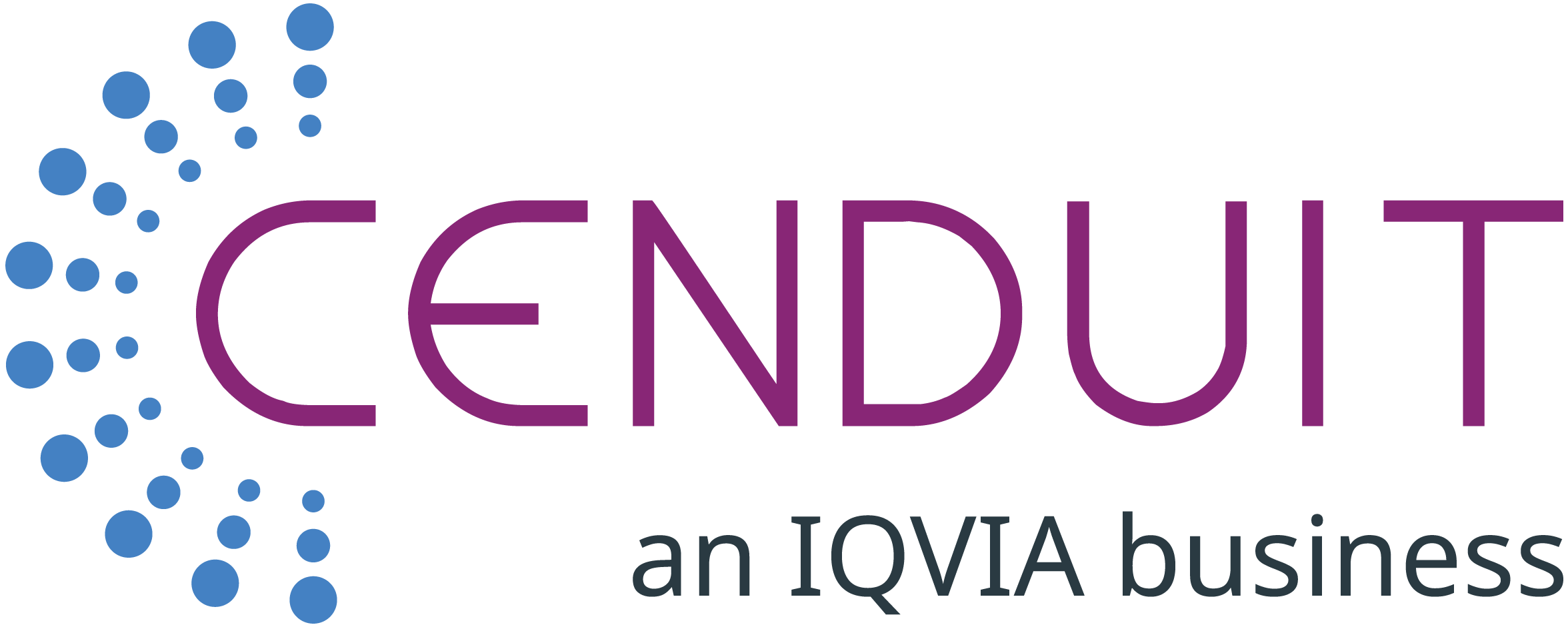What Motivated IRT User Interface Redesign
On September 11, 2014, Cenduit announced the launch of a new user interface for its flagship IRT system and I wanted to take the opportunity to reflect on why a redesign was necessary and how we determined what should go into the new design. Change, while inevitable, isn’t always welcome, but we hope you’ll agree that we’ve struck a good balance between what is possible and what is acceptable.
To some degree, the ‘why’ of the redesign is driven by a number of related trends.
Read the Whitepaper: Top Five Reasons You Need IRT Expertise, Not Just Software
The first of those trends is the simple evolution of computerized systems. The previous generation of Cenduit’s user interface was typical of first-generation systems, which were largely a product of digitizing a paper-based process. The first generation retained much of the concepts and terminology inherent in paper-based processes. That generation of systems was a great leap forward from the paper-based systems they replaced, but only lightly touched on the potential of what a computerized system could be.
A second trend is the fact that the expectations of system users are now shaped by the ubiquitous exposure to computer systems at work, at home and on mobile devices. Users have been accustomed to well-designed, intuitive interfaces from a multitude of consumer-focused online sites and applications, and they are increasingly expecting more from the applications they use at work as well.
The third trend driving the ‘why’ is the increasing prevalence of tablets, and other mobile devices, within the clinical computing environment. This trend will continue and is likely to accelerate. A user interface that is responsive to the device it is being viewed on is quickly becoming the default expectation of the user. The pace of evolution and response to outside computing trends tends to be slower in the eClinical space than other enterprise systems. This is largely due to unique regulatory burdens and general risk aversion, but the pace will catch up and Cenduit will be on the forefront of that trend.
We started the process by surveying current and potential customers – monitors, drug supply managers, clinical site users – to find out what was most important in a user interface. We used insights from the survey to ensure that each type of user could do what they needed to do most efficiently and without extraneous information or clutter. We focused on ease of use, mobile readiness and higher expectations from users to guide all of our decisions.
We chose to partner with Smashing Boxes, a firm with deep expertise in user experience design across a number of industries, spanning both the consumer and enterprise space. Together, we were able to synthesize their very contemporary usability experience, with our deep understanding of IRT systems to come up with something special. The product is a new site that is intuitive and responsive, and incorporates features like the ‘online chat’ help desk support channel our customers asked for.
We’re proud of our new user interface. It’s a great leap forward in what an eClinical system can be, but it’s just the beginning. We’ll continue to listen to our users, build the features and capabilities they are asking for, and lead in the IRT space. Users should expect more from eClinical systems and Cenduit will do its best to deliver.






